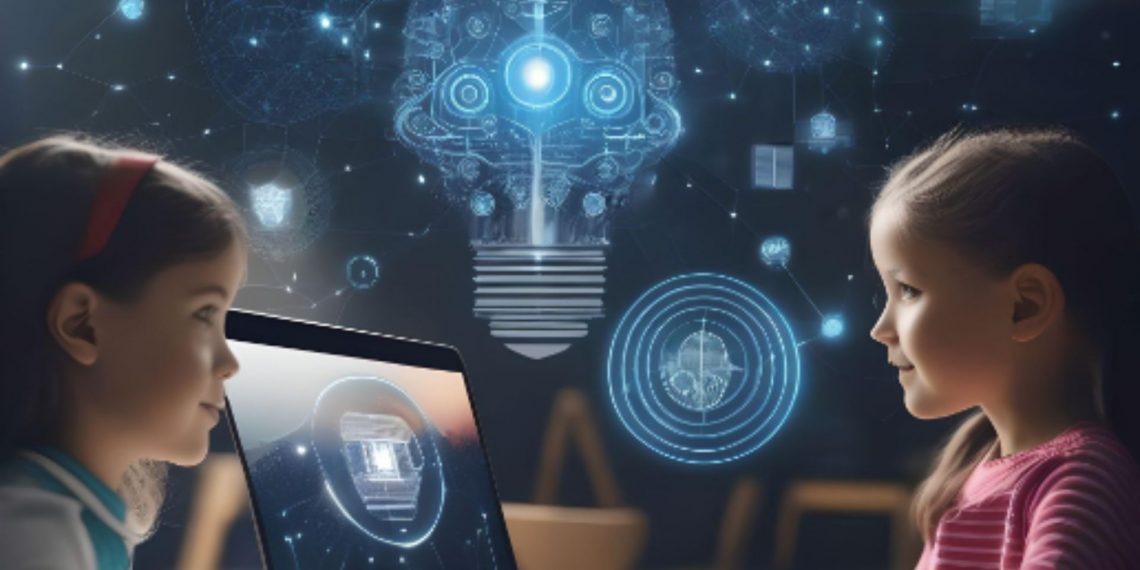Innovative ideas are substituting our traditional ways in the changing field of education. The use of educational games in classroom teaching is a development in education. In 2024, these games have become more than an amusement for us; they are effective instruments for improving one’s academic performance in different subjects. Let’s discuss how educational games are revolutionizing the learning process and the reasons they are required in classrooms all over the world.
The Rise of Educational Games
Traditional classroom teaching through textbooks is now replaced with technological teaching for today’s students. For subjects like maths, physics, history or any other learning subject, one can prepare certain games like interactive puzzles, quizzes, etc. to make it fun and also encourage the students to participate fully in these activities.
Immersion-based and dynamic learning environments
Through these educational games one gains interest and new learning experiences for the students. For promoting greater understanding and improving the memory of students, one can make use of games for students to make them learn to apply theoretical concepts in the real world.
For example, in a mathematical game players must solve equations to pass through stages that offer harder problems.
Customized Educational Routes
The educational games facilitate personalised learning for students to evaluate each student’s learning style, areas of strength, and shortcomings. They can provide targeted feedback, modify the difficulty level, and provide support to us as students as and when needed.
Students with personalized learning can advance at their speed and receive education that is specific to their needs. For example, a student who is having trouble with multiplication tables could benefit from more practice and assistance in the game, whereas a more experienced students might be given more difficult challenges.
Working together and utilising social learning
A lot of instructional games encourage student cooperation and social engagement through cooperative activities, online discussion boards, etc., students can cooperate to solve issues, share information, and gain insight from one another’s viewpoints.
For instance, in a science game on ecosystems, students could work together to create and manage a virtual ecosystem while taking on various roles like environmentalist, ecologist, and biologist.
Practical Use
The educational games build the gap between the classroom and real-world applications. These educational games prepare students for the future as they help students to apply their knowledge and abilities in real-world scenarios.
For example, students manage a virtual company and make decisions about operations, marketing, and finance in a business simulation game. These realistic situations foster critical abilities like creativity, problem-solving, and resilience in reinforcing academic subjects.
Overcoming Doubt and Obstacles
Educational games have many advantages, but integrating them into traditional classrooms is not without its problems. Problems like budgetary limits, worries about screen use, etc., make educators continue to place a high premium on making sure that educational games comply with curricular requirements. One can maximize the educational gaming experiences by technological innovations, by using virtual reality and augmented reality.
Summary
Educational games make our educational system more interesting, exciting and successful. It provides customized experience for students by meeting several requirements as per the interests of the students. These games are used for students to make them learn to apply theoretical concepts in the real world, encouraging critical thinking and teamwork. Thus, by revolutionizing the education process one improves learning for students.



